Cruise Down the Douro River Valley with this Full Itinerary (Top Sights and Wineries)
A mix of ornate architecture, natural beauty, and the finest wines the Portugal countryside can provide. A trip down the Douro River is an experience for the senses!
Our Douro River Valley Cruise Itinerary
Our river cruise on the Douro River spanned 6 days throughout the valley and reached as far as Salamanca, Spain. Understandably, I held the most excitement to see Salamanca again since I once spent a summer there studying Spanish. I haven’t been back to the region since 2012, so navigating down the Douro River felt like a homecoming of sorts.
Here’s a brief itinerary of our 6 day Douro River Cruise:
Exploring the Baixa district of Porto, Portugal
Touring Casa de Mateus via Cais da Régua
Visiting Salamanca via Cais de Barca de Alva
Exploring picturesque São João da Pesqueira
Régua, Pinhão, and Lamego
Embarking Down the Douro river from Porto
The Douro River Valley is a picturesque and enchanting destination that offers an unforgettable travel experience. Located in northern Portugal, this region is renowned for its stunning landscapes, terraced vineyards, and charming riverside towns.
Visiting from Portland, Oregon — I’m well aware that our home is also known for its vineyards that primarily produce West Coast Pinot Noir. My husband and I are definitely wine-lovers, but I wouldn’t necessarily describe us as experts! However, it’s not surprising that for us we found this trip to be ideal. Traveling through Porto and the Douro River Valley is a wine-lover’s dream.
Whether embarking on a leisurely river cruise or taking a scenic drive along the winding roads that hug the riverbanks, the Douro River Valley promises an unforgettable travel experience. From the awe-inspiring landscapes to the rich wine heritage and captivating towns, this region offers a perfect blend of natural beauty and cultural immersion.
What to See in Porto in 24 Hours
Before boarding the river boat, we spent the day exploring Porto. We wandered the narrow streets through the historic town center, admiring the pastel colors and tiled walls of the quintessentially Portuguese buildings. After sipping on a cappuccino along a riverside cafe, we made our way to visit Caves Ferreira, one of Porto’s oldest and most well known wineries. We sipped port wines from the antique casks dating back to the 1800s and learned about the variety of port wines produced, such as tawny port, the sweeter-than-honey cousin to the more well known ruby.
Since 1751, Caves Ferreira has been renowned for its elegant port wines. The winery itself is a blend of traditional architecture and modern elegance, creating the perfect ambiance for indulging in the finest wines. From the moment you enter the cellar, the sweet aroma of aging oak barrels intoxicates your senses, a testament to the meticulous art of winemaking practiced here. The friendly and knowledgeable staff guide you through a personalized tasting experience, sharing the stories behind each distinguished label. Whether you are a seasoned wine connoisseur or a curious enthusiast, a visit to Cavas Ferreira promises an unforgettable journey into the heart and soul of Portuguese winemaking.
Explore Baixa
Start by strolling through the Ribeira District, located along the Douro River. This charming neighborhood exudes a rustic charm, with its colorful buildings and narrow winding streets. Don't miss the iconic Dom Luís I Bridge, a double-deck iron bridge that offers stunning views of the cityscape and river below. As you venture further, uncover the Livraria Lello, a spellbinding bookstore that looks as if it is straight out of a fairytale. Its elaborate wooden staircase and stunning stained glass will transport you to another era. Don’t forget to also make a visit to the bustling Mercado do Bolhão, where you can find an array of fresh produce, local delicacies, and traditional crafts.
Winery after winery as far the hills will take you — refining Port wine. This is a trip for the senses!
As we navigated down the Douro River, we were treated to breathtaking vistas of steep hills covered in rows of meticulously maintained vineyards. This UNESCO World Heritage Site is dotted with quintas, wine estates that welcome visitors to learn about the winemaking process. I’ve seen nothing like it, as terrace over terrace of vines escalated up the cliffs for as far as my eyes could see.
Visit Casa de Mateus from Cais da Régua — Douro River Valley
Docking at Cais da Régua, we took a shuttle up and over the steep terraced-cliffs to Fundação da Casa de Mateus, a 18th century estate featuring an Italianate mansion with exquisite interiors and expansive gardens. Wandering around the acres of rose bushes and hedges was a treat, but of course we finished the tour with another tasting of port wines.
Cais de Barca de Alva and Navigating the Portuguese Lock System
We continued onward, docking at Cais de Barca de Alva. On the way through Portugal, there is an enormous system of locks to allow for smooth navigation as the elevation increases inland. I found experiencing the Portuguese lock system to be one of the most fascinating parts of the entire trip!
Cais de Barca de Alva is the gateway to Spain from the Douro River. Most river cruises disembark here and transit to Salamanca via charter bus.
Carefully entering a concrete structure, a steel gate 100s of feet tall slowly closed behind us, sealing the ship in darkness. Large channels in the walls then opened and water came gushing out. As the space began to fill with water, the river boat continued to elevate upward. Once we were in line with the upper-river beyond, the second set of steel gates opened and we were on our way. The entire process took around 45 minutes to complete, but I was thoroughly entertained watching it all unfold.
The Plaza Mayor in Salamanca is one of the top visited plazas in all of Spain.
Visiting Salamanca, Spain from Cais de Barca de Alva
We hopped on a shuttle to take a 2 hour drive through the windy hills of Western Spain to Salamanca, of course stopping off at a small cafe in the middle of nowhere for espresso and pastries.
Salamanca is known as the only city in the world with two cathedrals.
Salamanca is a University city, intricately constructed, ornately designed, and absolutely one of the most romantic regions in Spain.
Visit the Top Architectural Wonders in Salamanca Spain
Wandering around the romanesque streets of Salamanca is a treat for the eyes. You can’t complete your tour without walking across the Roman Bridge and making a visit to Casa de las Conchas. I may be biased, but I do believe that the Plaza Mayor in Salamanca is the most beautifully designed plaza in all of Spain. From the facade’s ornate decoration, the archways adorning each entrance, the sound of birds reverberating off the Villamayor stone, and plenty of cafes and gelato shops – it’s a place I can spend many days just existing and enjoying.
New Cathedral of Salamanca
The New Cathedral was built in the 18th century while the Old Cathedral was built in the 16th century. The cathedrals were built in two different styles, late Gothic and Baroque.
Casa de Las Conchas
A remarkable architectural masterpiece. Built in the 15th century, it features decorative shells, symbolizing the owner's pilgrimage and wealth. Over the years, it served as a residence, prison, and college. Today, it's a library and cultural center, showcasing Renaissance-style architecture and captivating visitors with its historical significance.
Salamanca’s Plaza Mayor
Salamanca's Plaza Mayor stands as a remarkable testament to Renaissance architecture in Spain. Completed in the 18th century, the square is composed of a harmonious blend of Baroque and Plateresque styles. The plaza's façade showcases ornamental elements, intricate reliefs, medallions, decorative motifs, along with countless pieces of intricate detail. The plaza exudes opulence and grandeur. Its towering archways and balconies, adorned with balusters and wrought iron railings, create a sense of wonder. The Plaza Mayor's symmetrical design, with its uniform stone facades, holds a captivating sense of unity and balance. With its architectural beauty, it in my opinion exists as the most remarkable square in all of Spain.
Salamanca’s Roman Bridge
Believed to have been built in the first century AD, during the Roman Empire's reign, the Roman Bridge has withstood the test of time, making it one of the oldest bridges in all of Spain. Its construction showcases the engineering prowess of the Romans, who strategically placed these stones to not only form access to the city for trade, but to provide a functional outset for military control. Over the centuries, the Roman Bridge has served as a crucial link between the two banks of the Tormes River, facilitating trade and cultural exchange. Today, it stands as a beloved symbol of Salamanca's past, attracting visitors from around the world who admire its architectural beauty and marvel at its continued resilience.
Visit the Charming Town of São João da Pesqueira
A look down one of the many cobblestone alleyways of São João da Pesqueira, Portugal.
Though there are many places to stop along and visit in the Douro River Valley, just admiring the view from the roadside or river is worth the trip. On our way back to Porto, we stopped by a small town named São João da Pesqueira. It felt like we were some of the only people there in the town, and yet it was one of my favorite experiences seeing the tile-work and experiencing the hospitality of this hillside village.
Explore Régua, Pinhão, and Lamego
Régua, Pinhão, and Lamego are among the region's other highlights, offering historical landmarks, cobblestone streets, and delightful local cuisine. As you stroll through these towns, you'll encounter traditional Portuguese architecture, ornate churches, and vibrant markets.
Paso da Régua
Situated in northern Portugal, Régua is a captivating town that effortlessly combines natural beauty with rich cultural heritage, perfect for wine enthusiasts and adventurists alike. Its picturesque landscape provides the perfect backdrop for scenic walks, leisurely bike rides, and boat trips along the Douro River, immersing visitors in the region's enchanting charm. Régua is also considered the heart of Port wine production in the region, boasting numerous historic wine estates and cellars that offer tantalizing tastings.
Pinhão
Visit the beautiful Quinta do Bomfim, one of the oldest wine estates in the region, where you can indulge in wine tasting sessions and learn about the centuries-old winemaking traditions. Visit the picturesque Pinhão train station, adorned with captivating azulejo tiles depicting the region's history. Don't miss the opportunity to savor mouthwatering regional dishes, especially the roasted goat and traditional codfish, bacalhau. Lastly, take a scenic hike or a bike ride through the surrounding terraced vineyards to truly appreciate the natural beauty that surrounds Pinhão.
Lamego
Begin at the Lamego Cathedral to view a stunning blend of Gothic and Romanesque architecture. As you wander the historic center, don't miss the iconic Nossa Senhora dos Remédios Sanctuary, perched atop a hill that boasts incredible panoramic views of the city. For a taste of Lamego's rich history, visit the remarkable Lamego Museum housed in an old episcopal palace, where you can marvel at an impressive collection of centuries old artifacts and artwork. Delve into the region’s medieval era by exploring the enchanting Lamego Castle ruins. The charming streets lined with quaint shops and cafes not only make for great photo opportunities, but will make you feel sad to leave!
Our trip was too short, and it left us with an immense desire to return. We can’t wait to see Northern Portugal again one day, and revisit the beauty of the Douro River Valley.




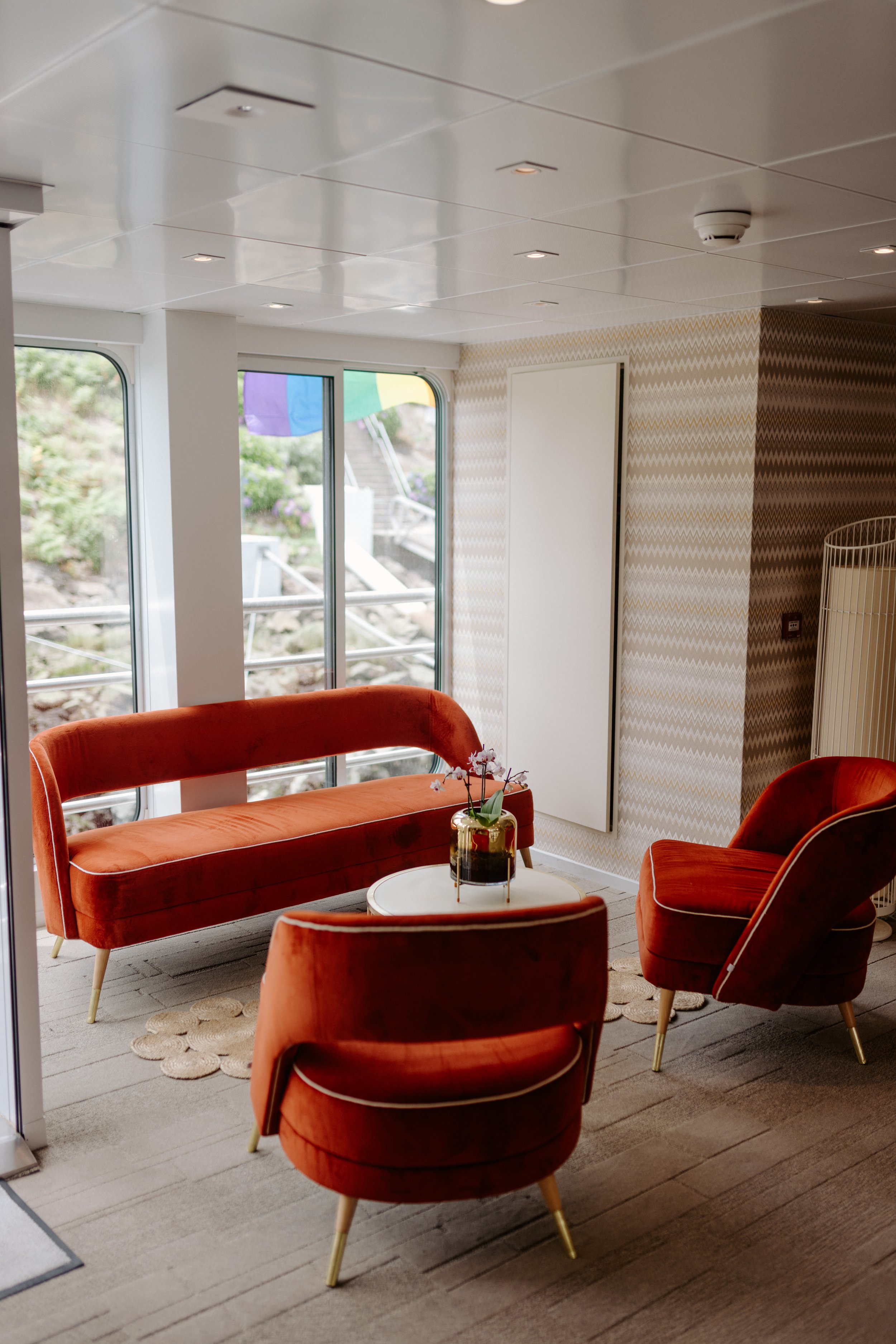


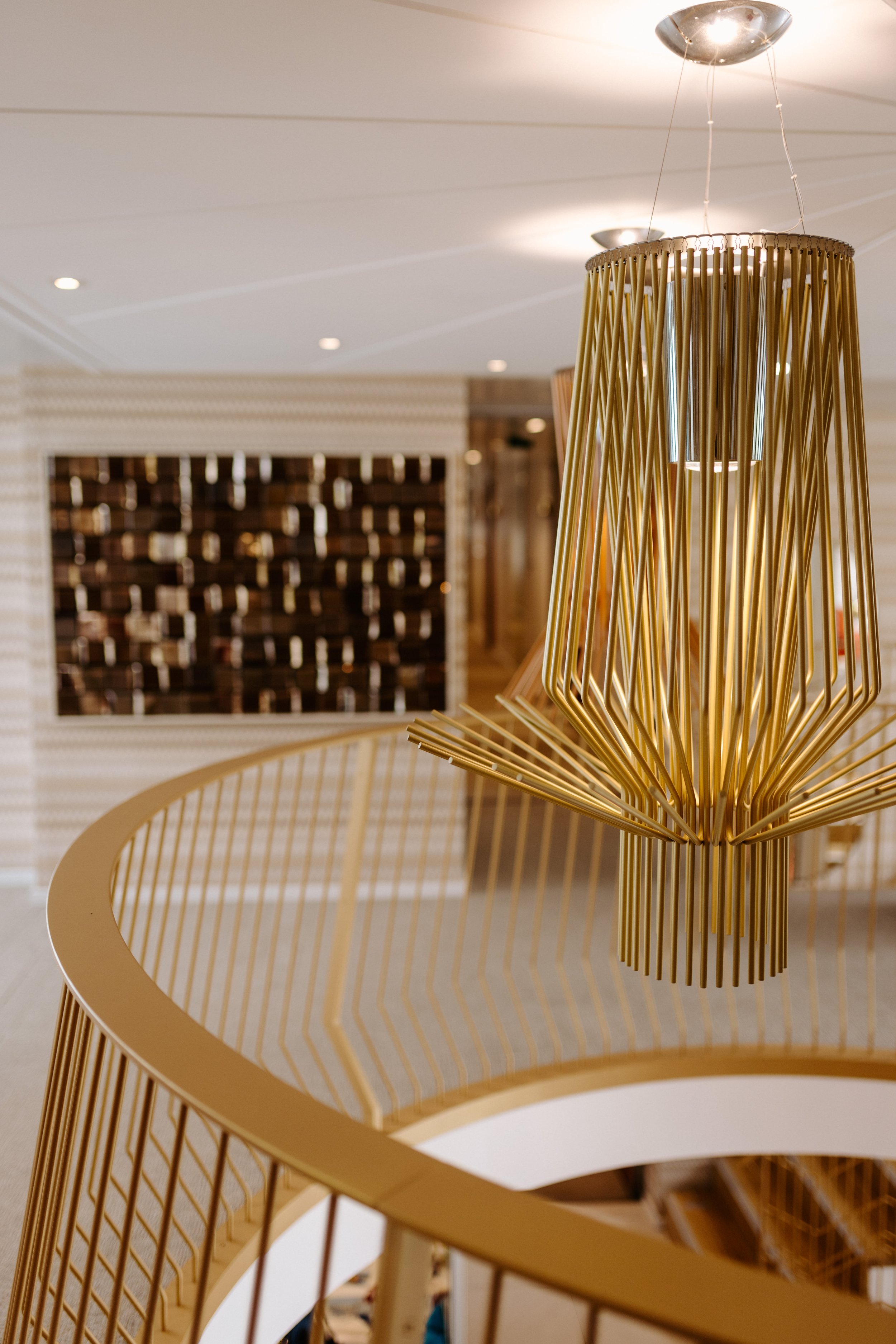
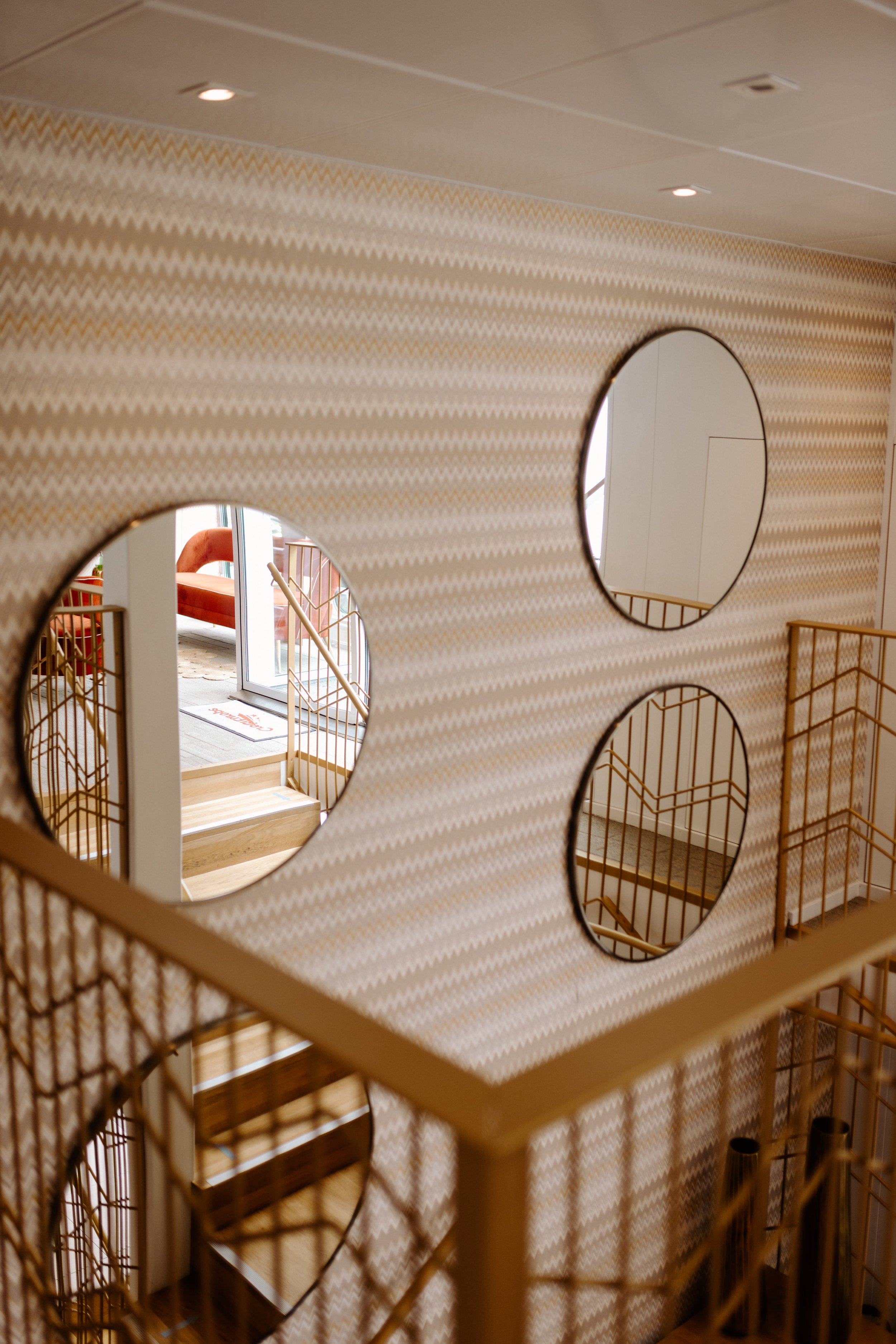

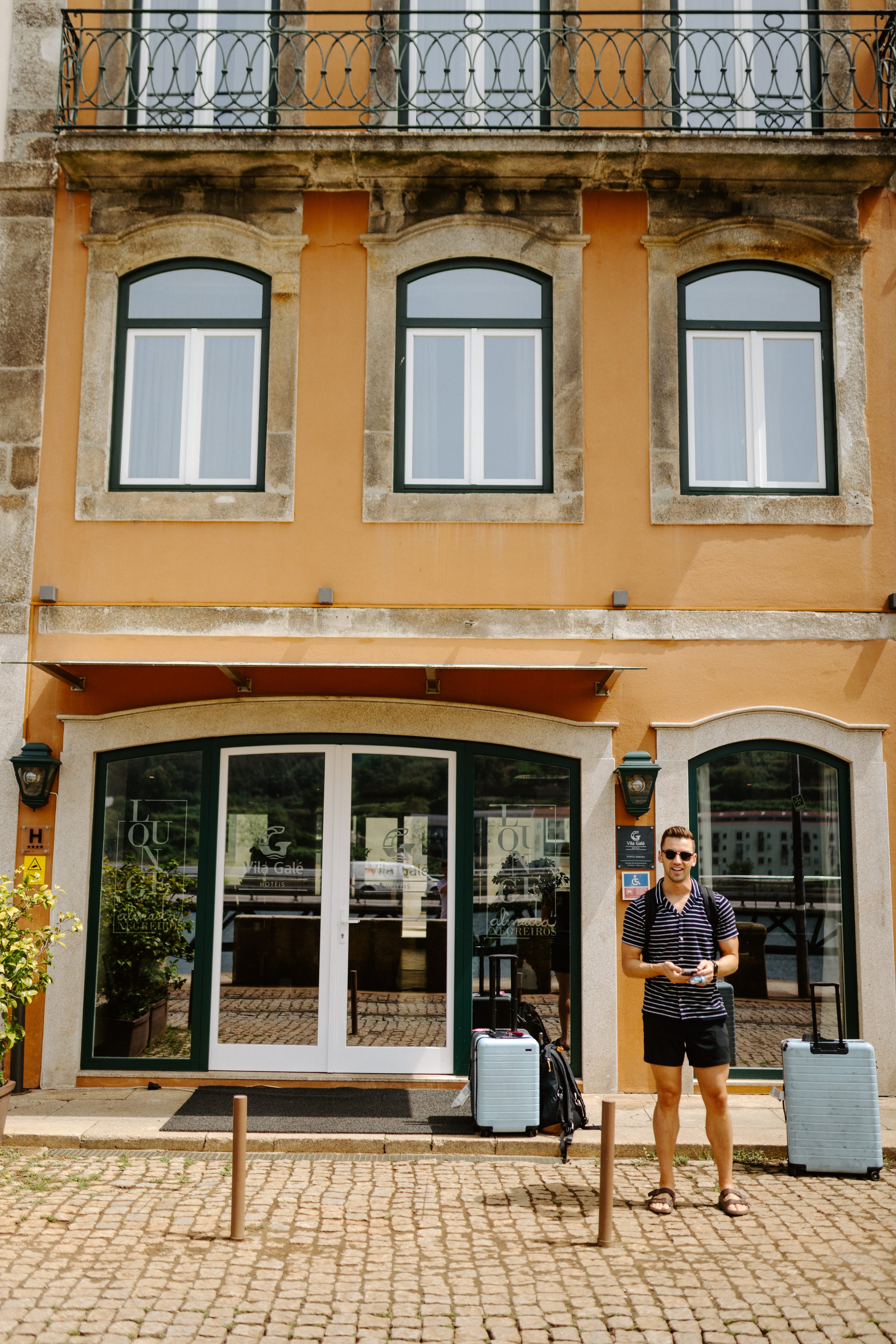

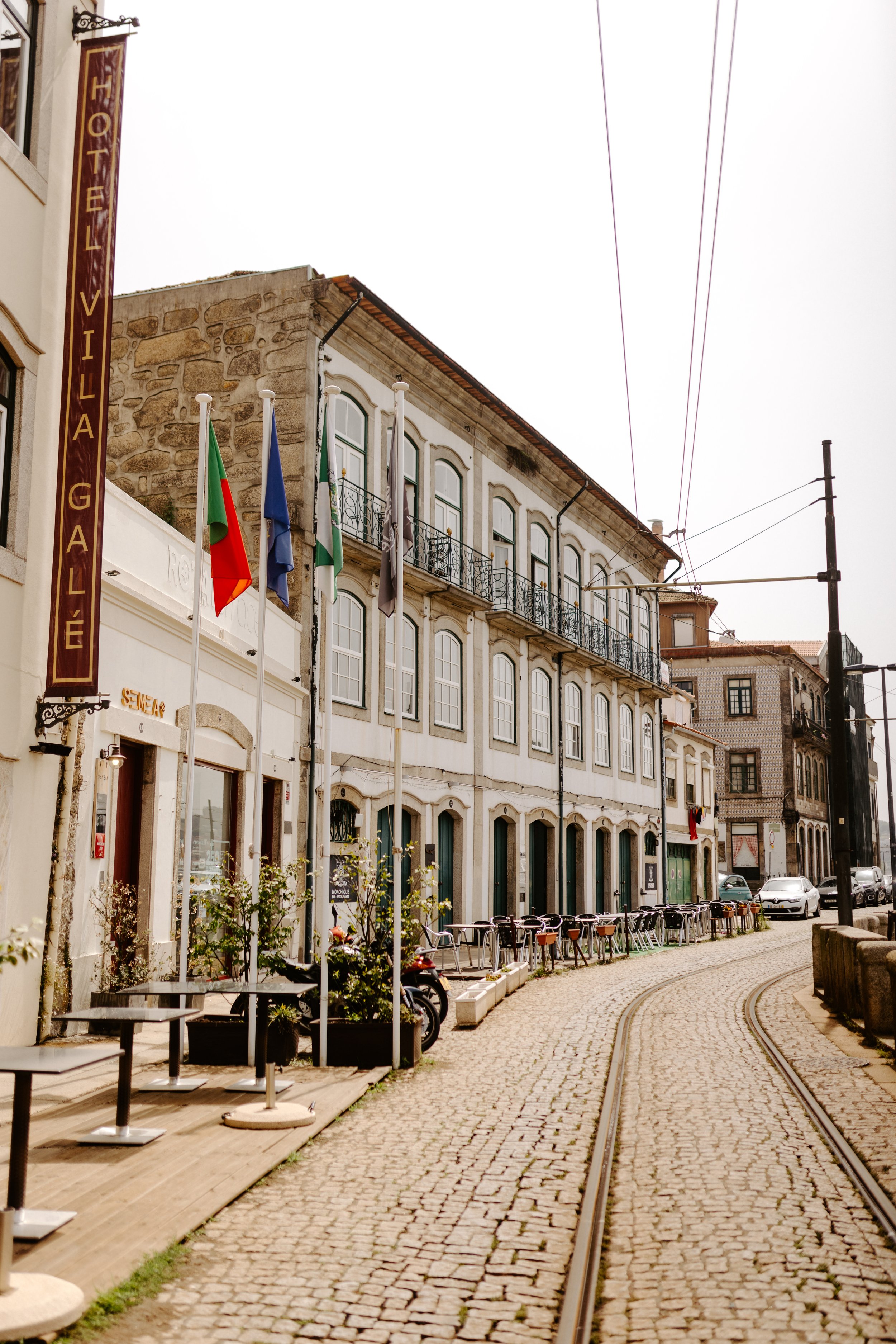

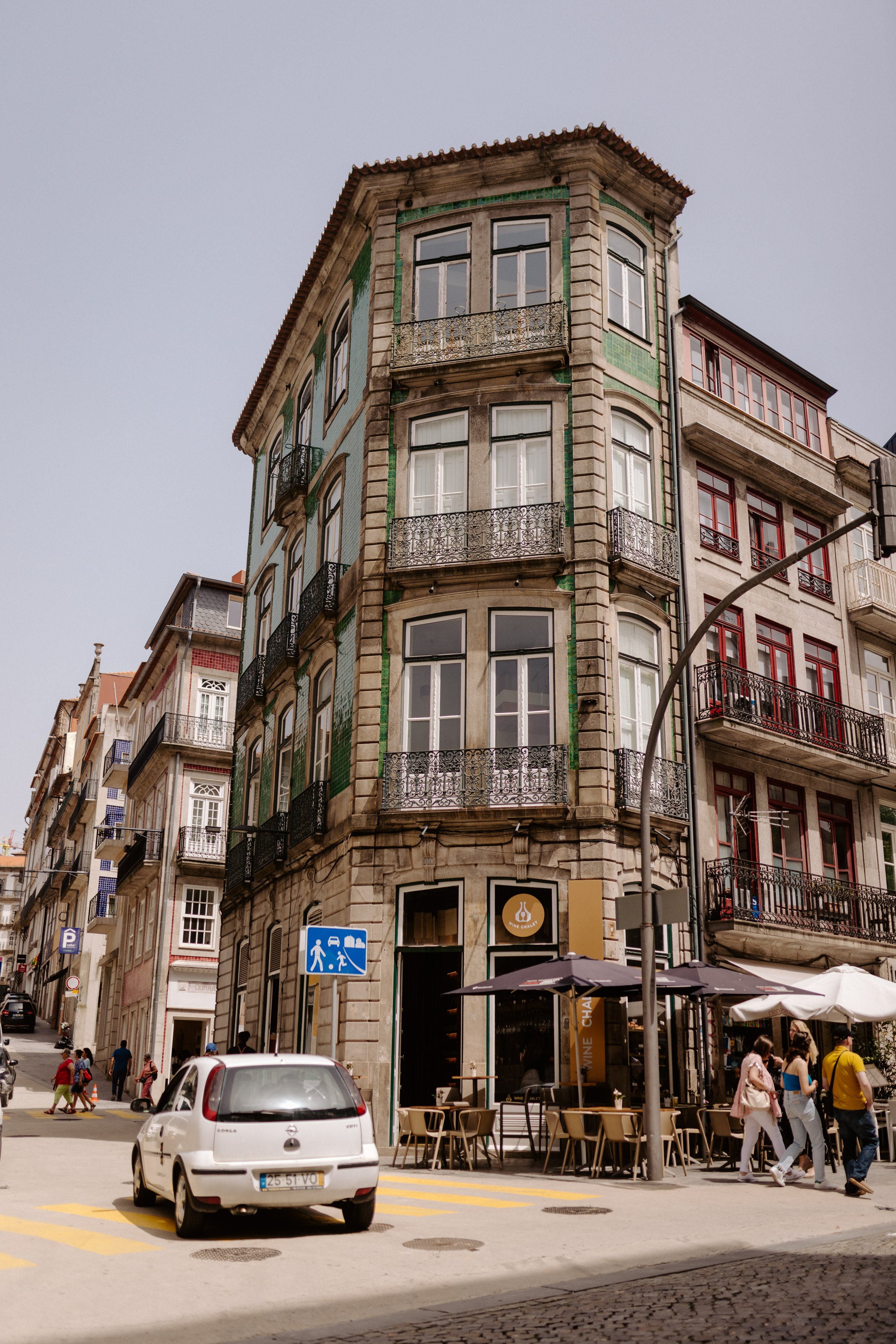
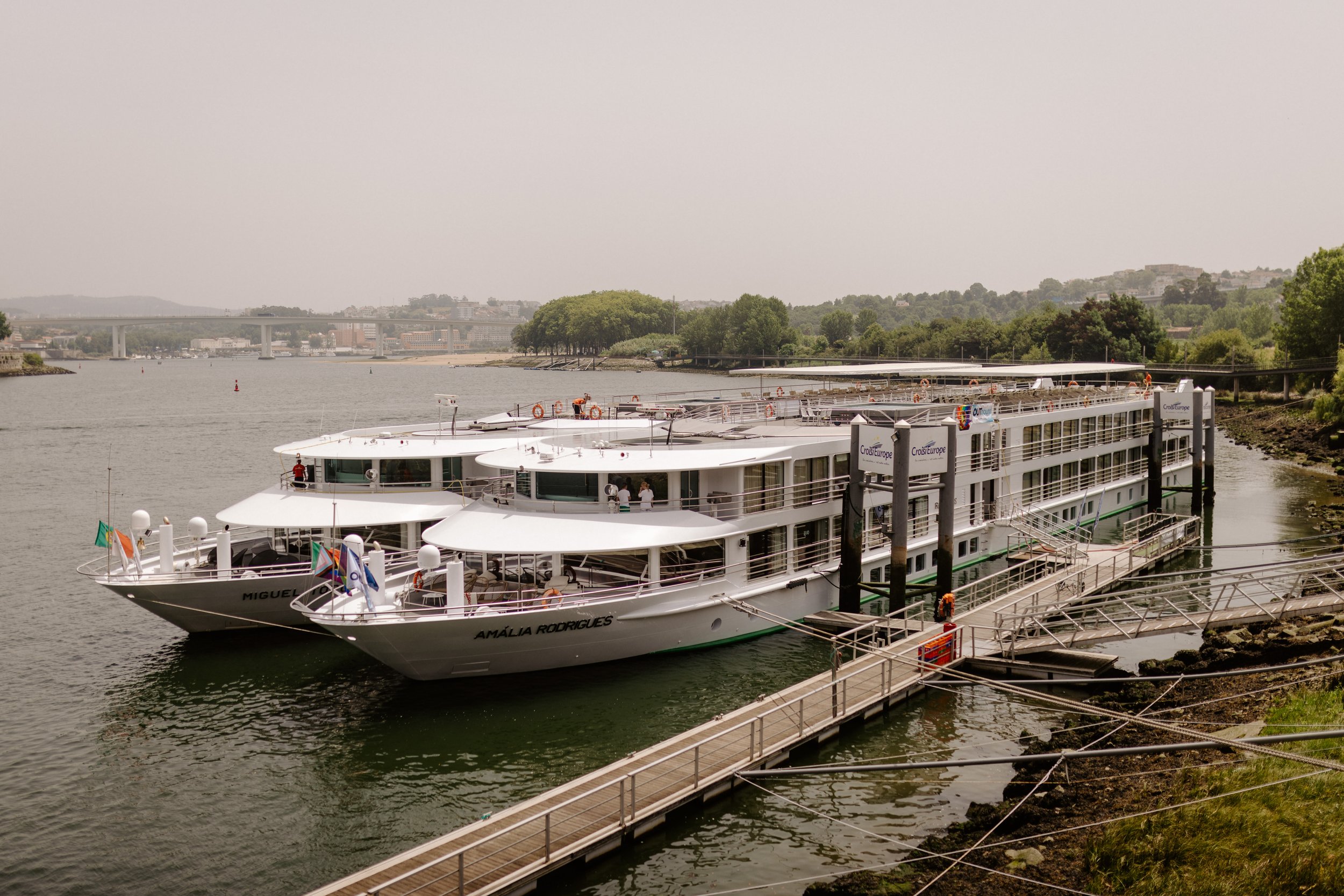





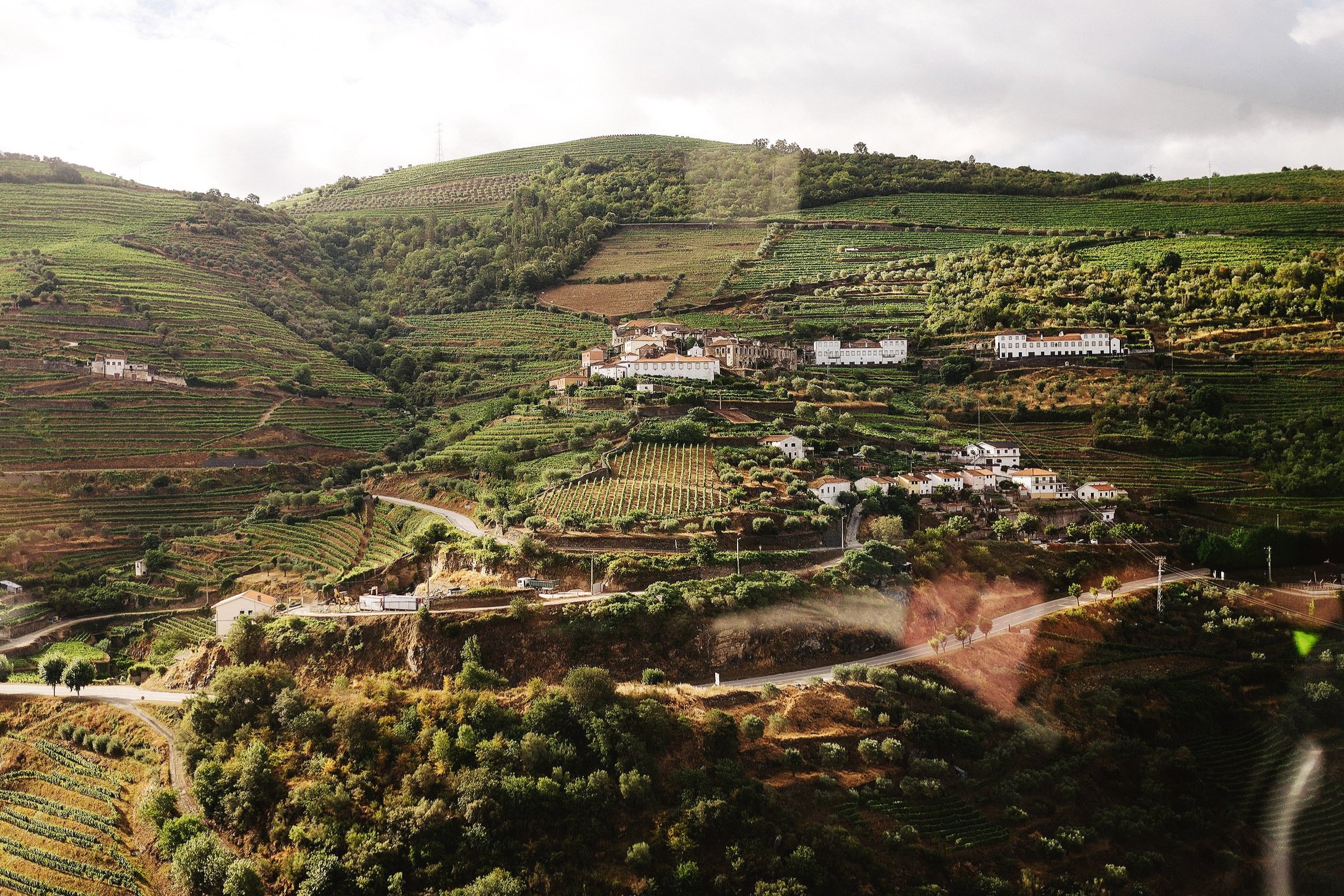


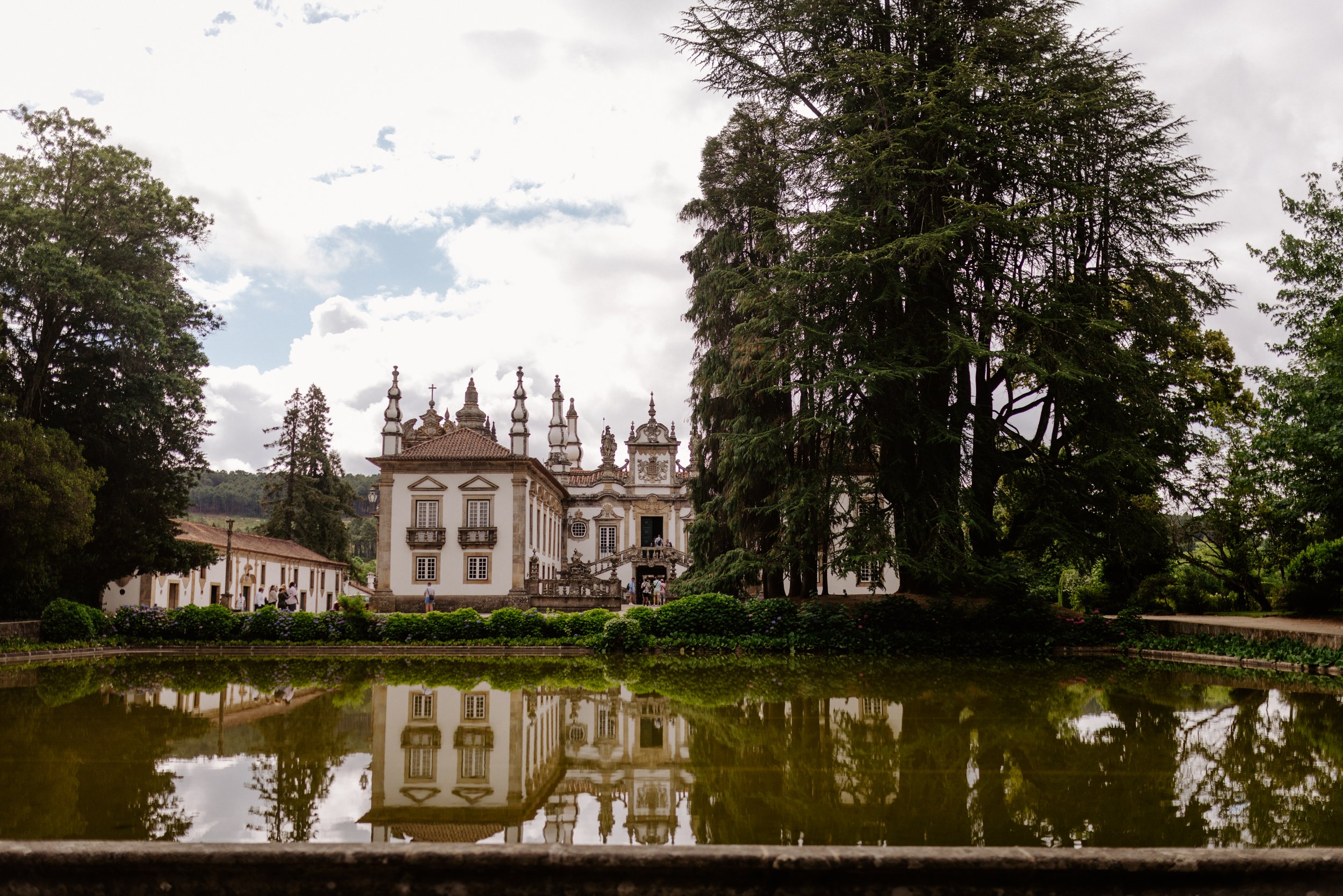
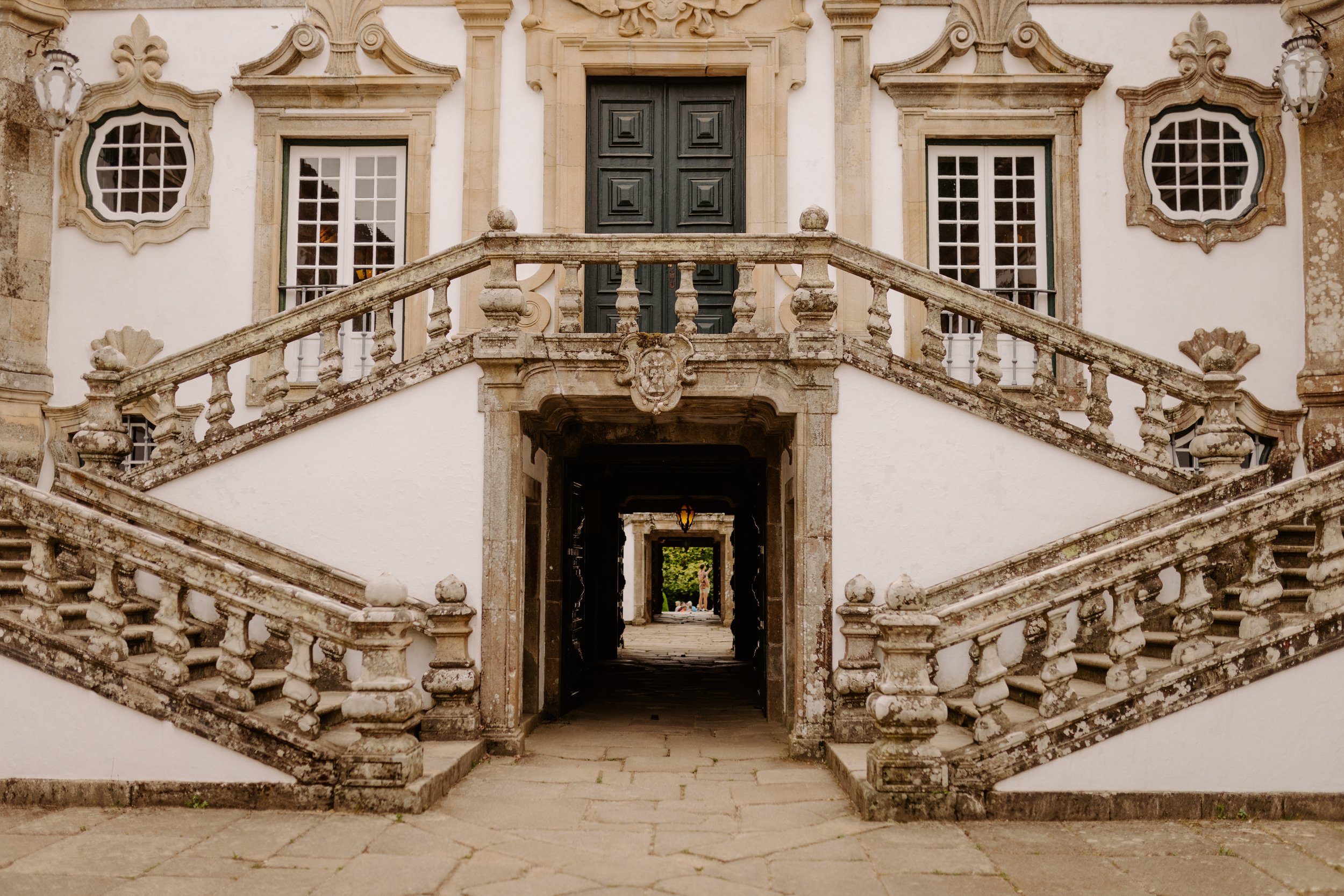
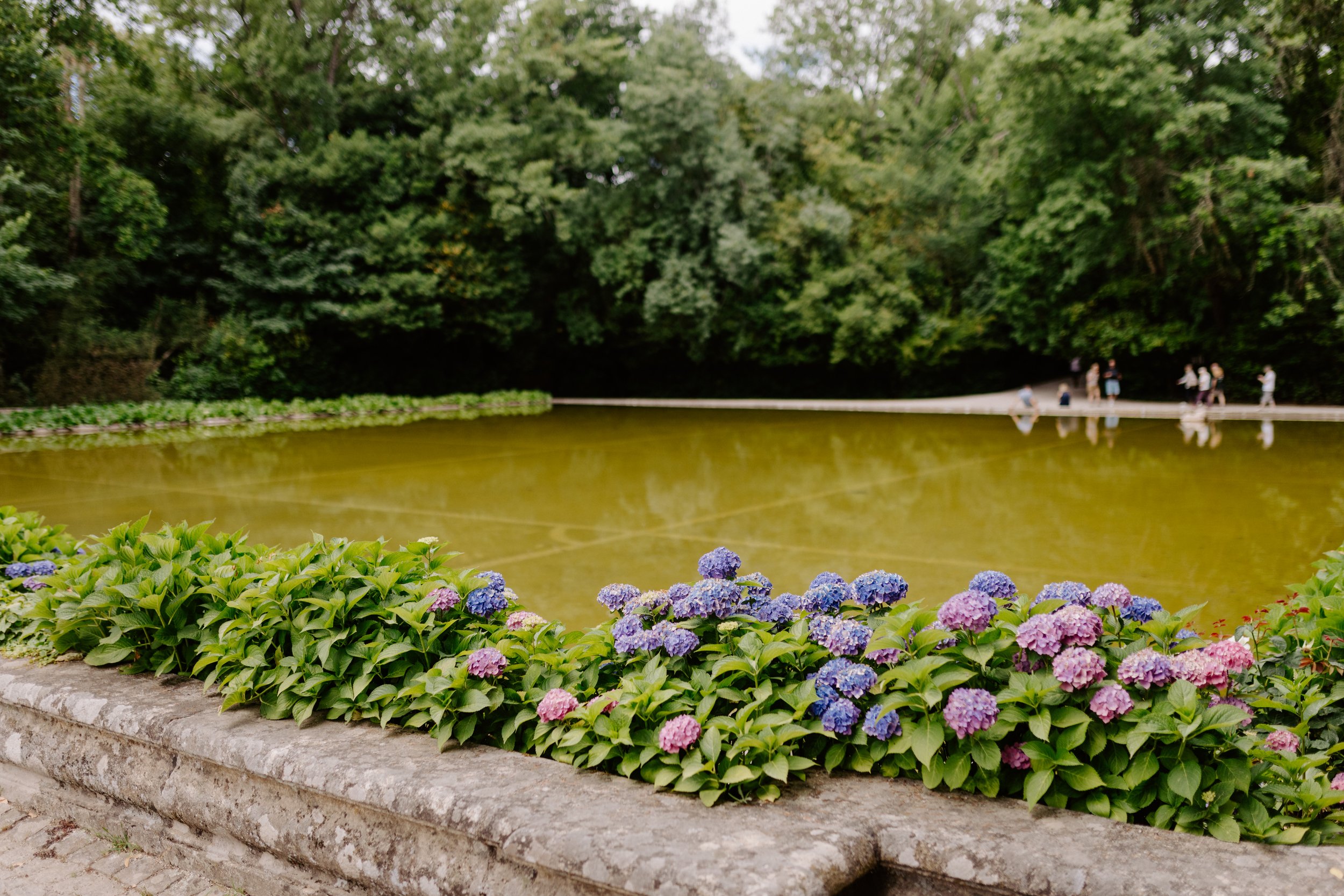


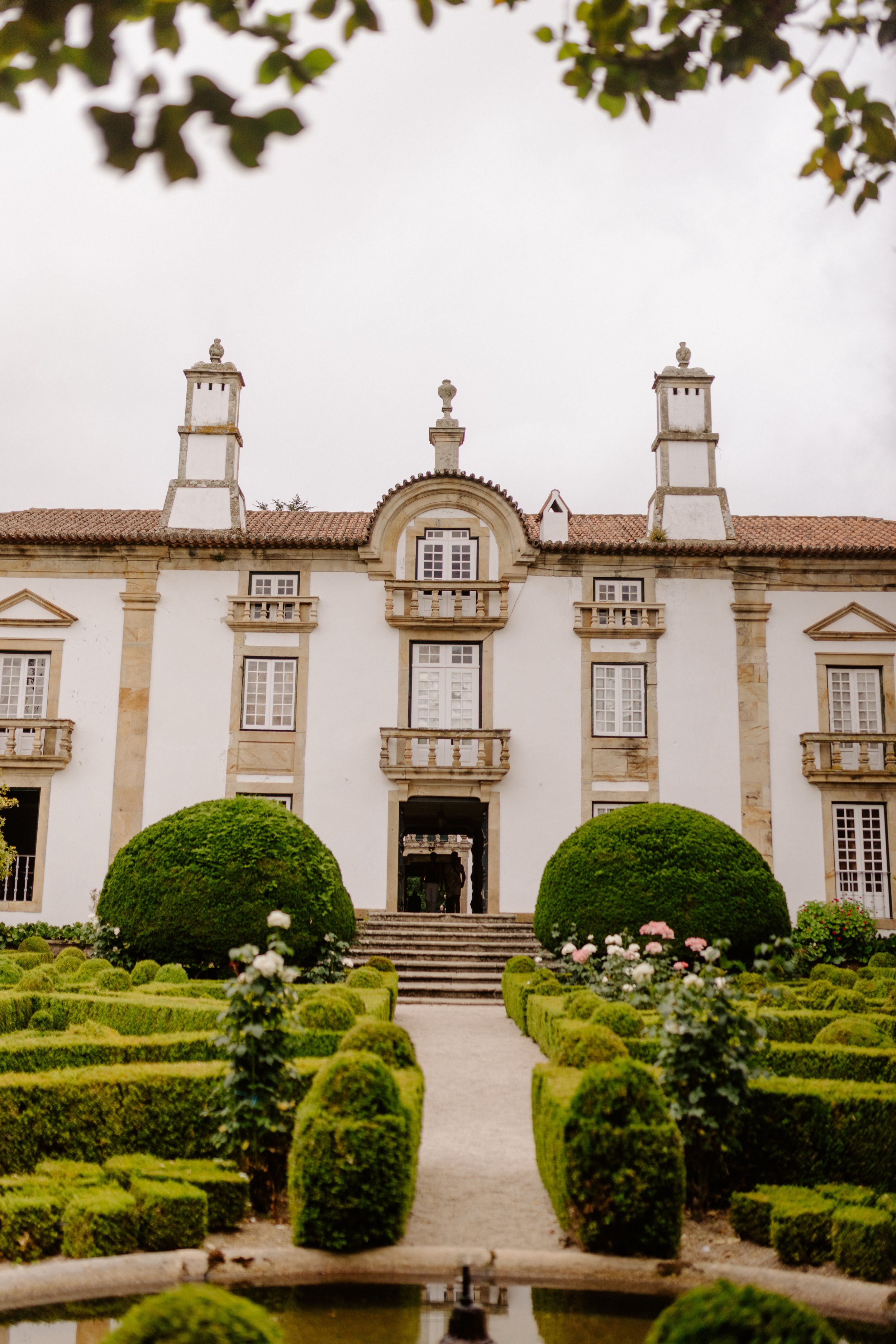

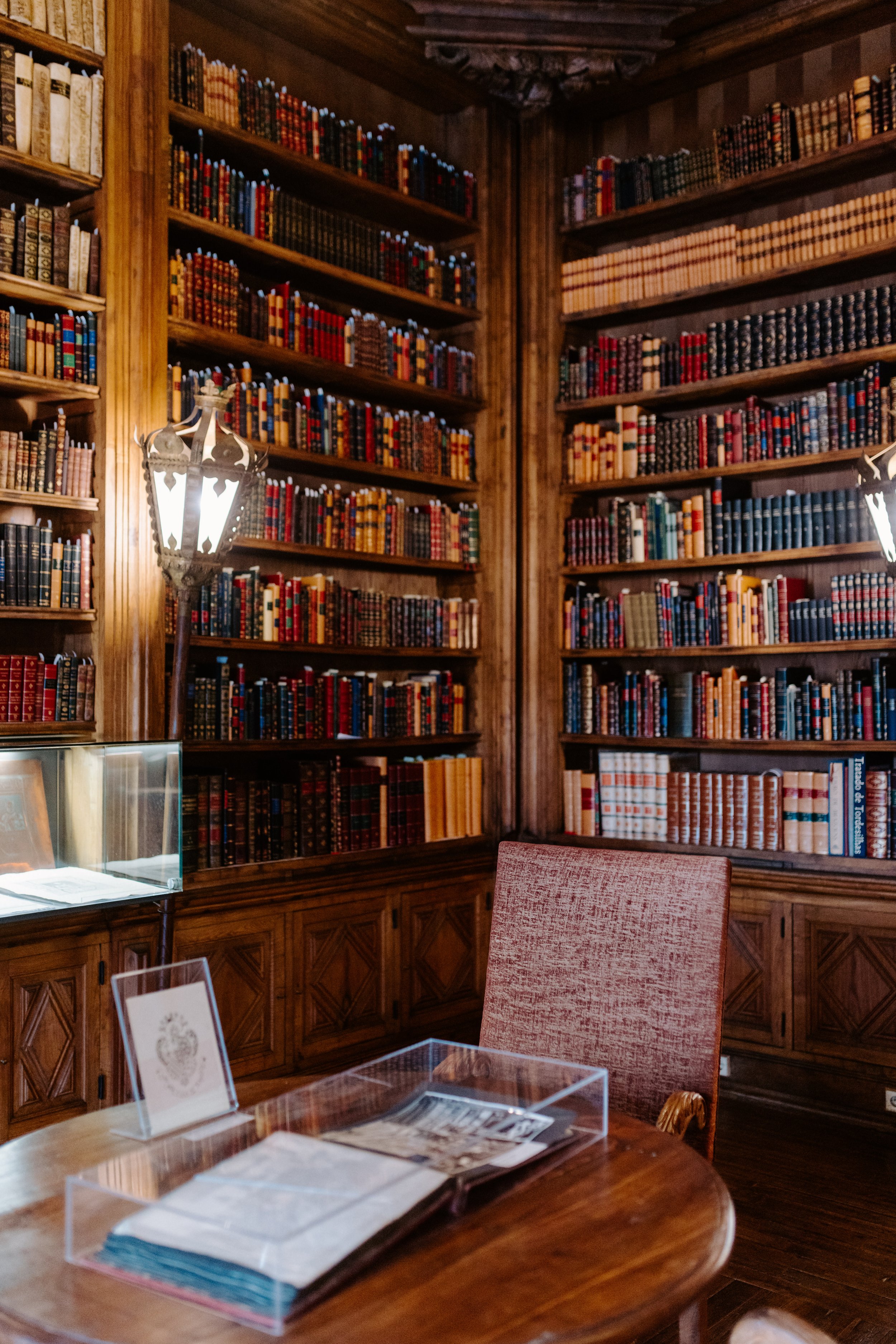
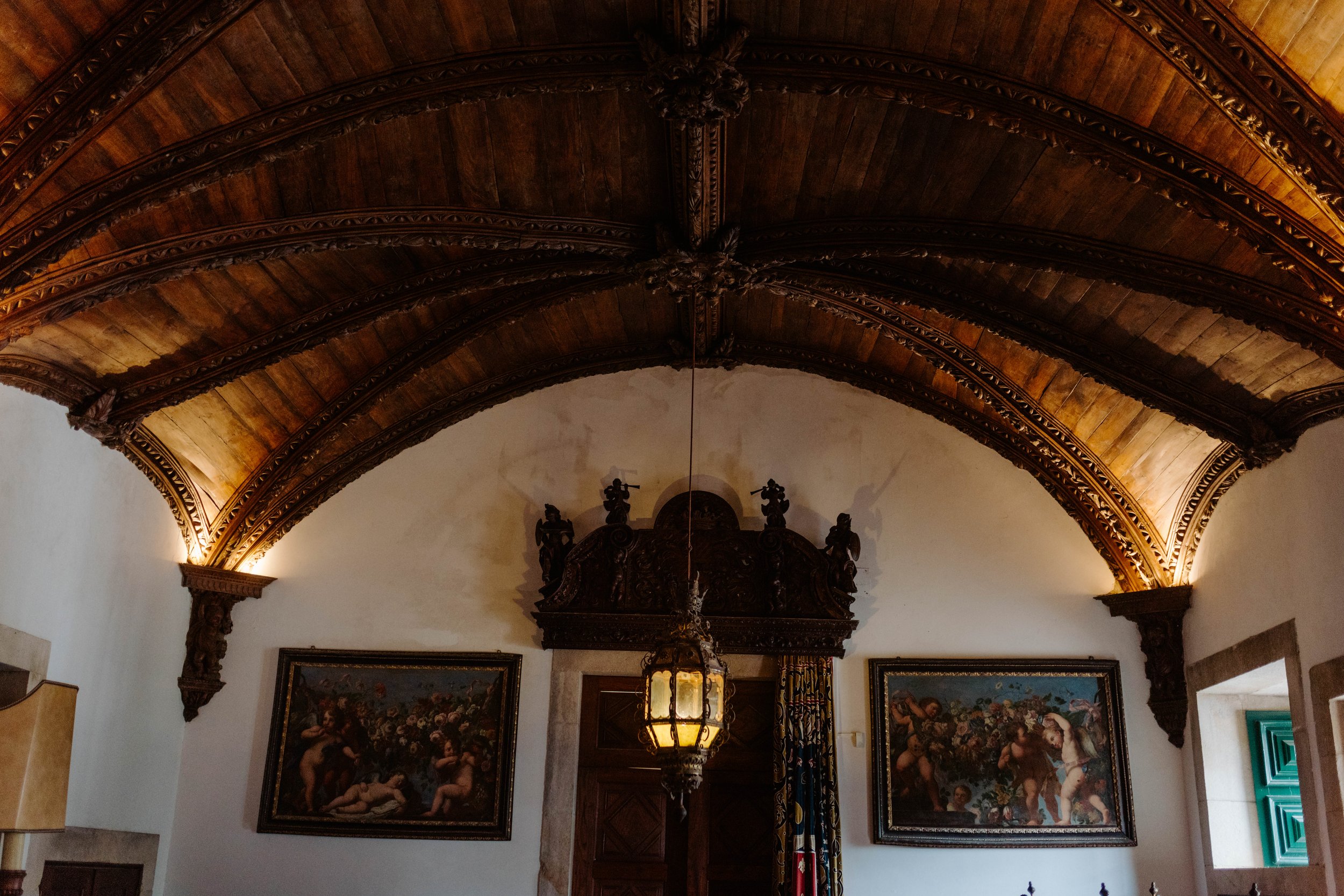
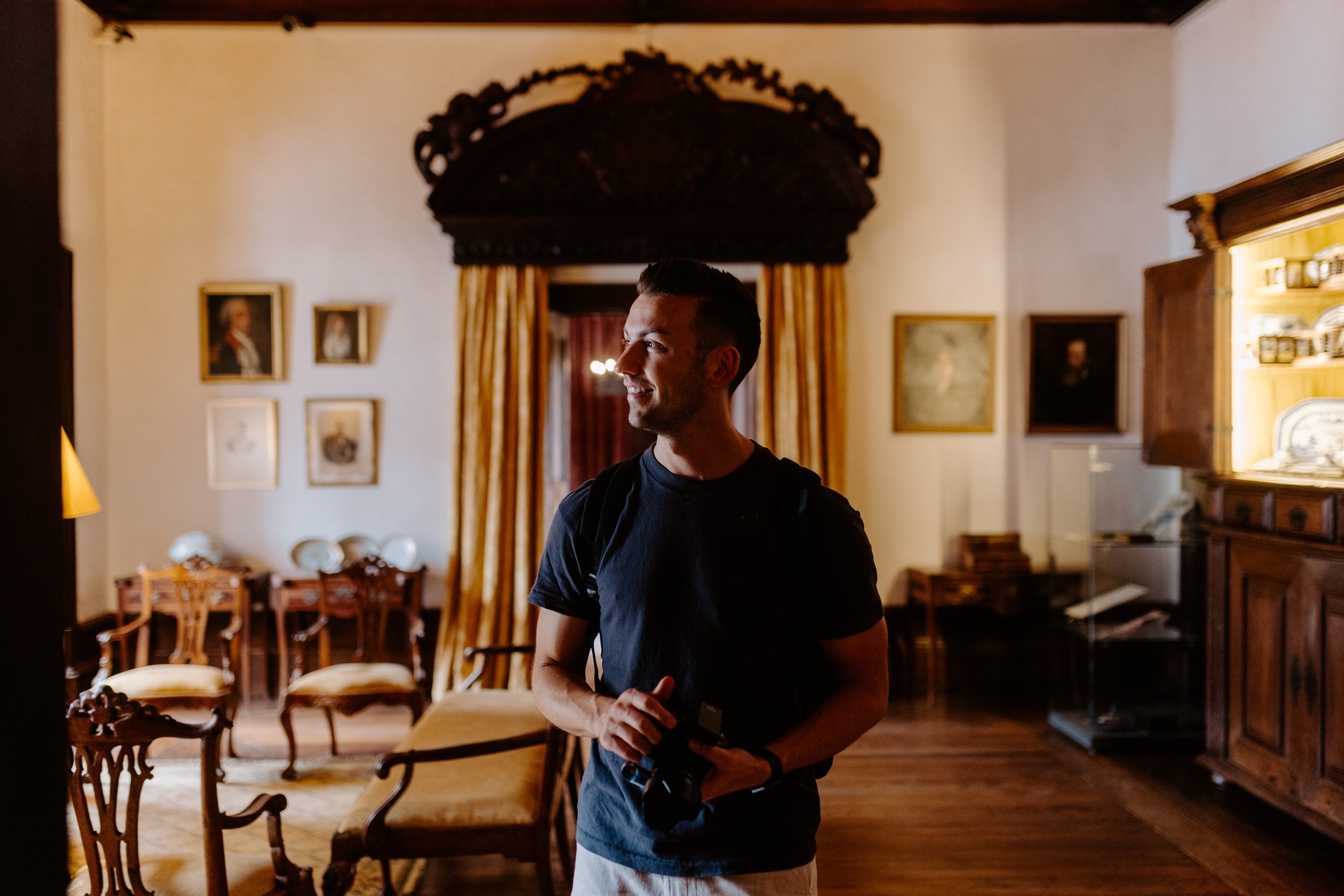

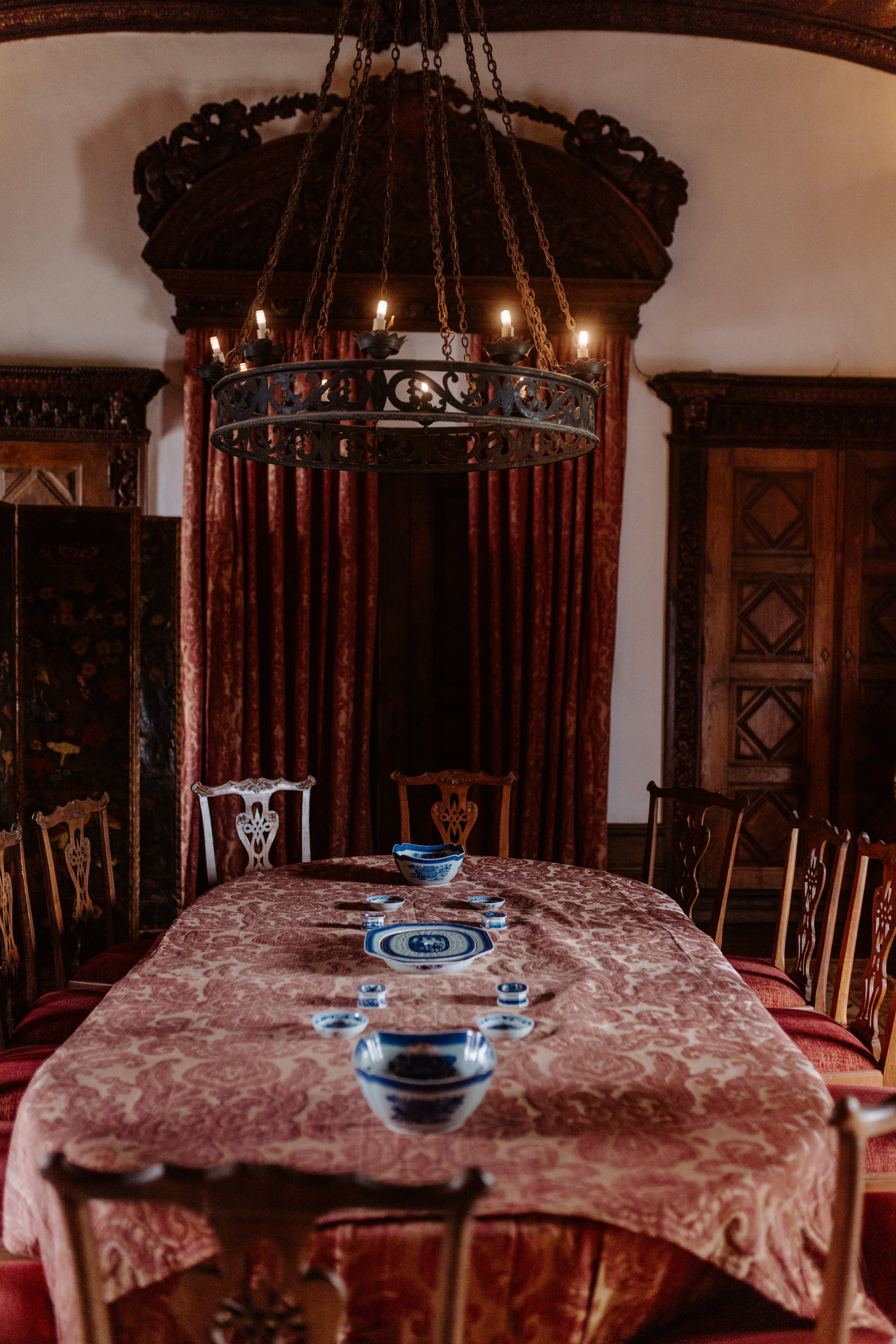










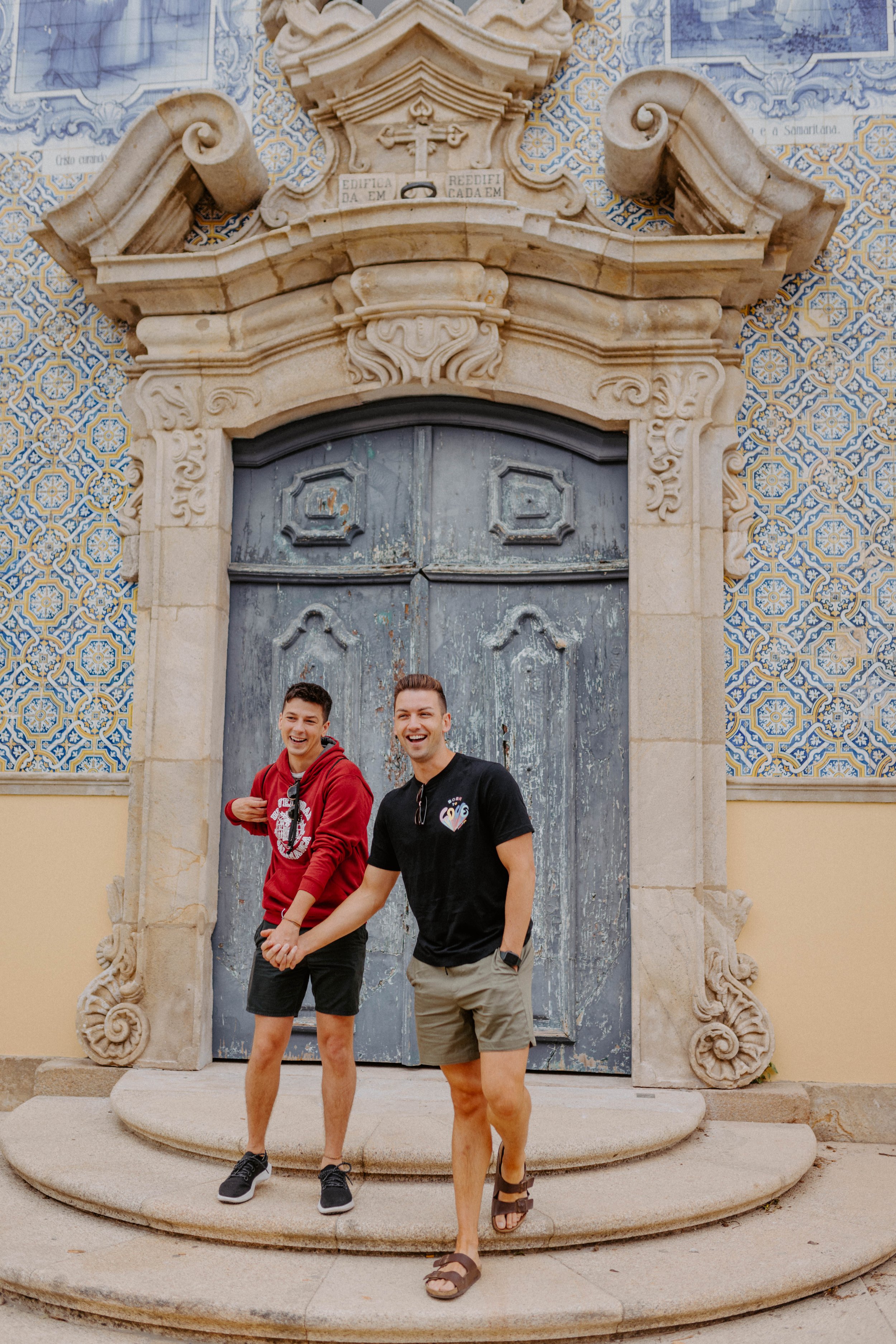


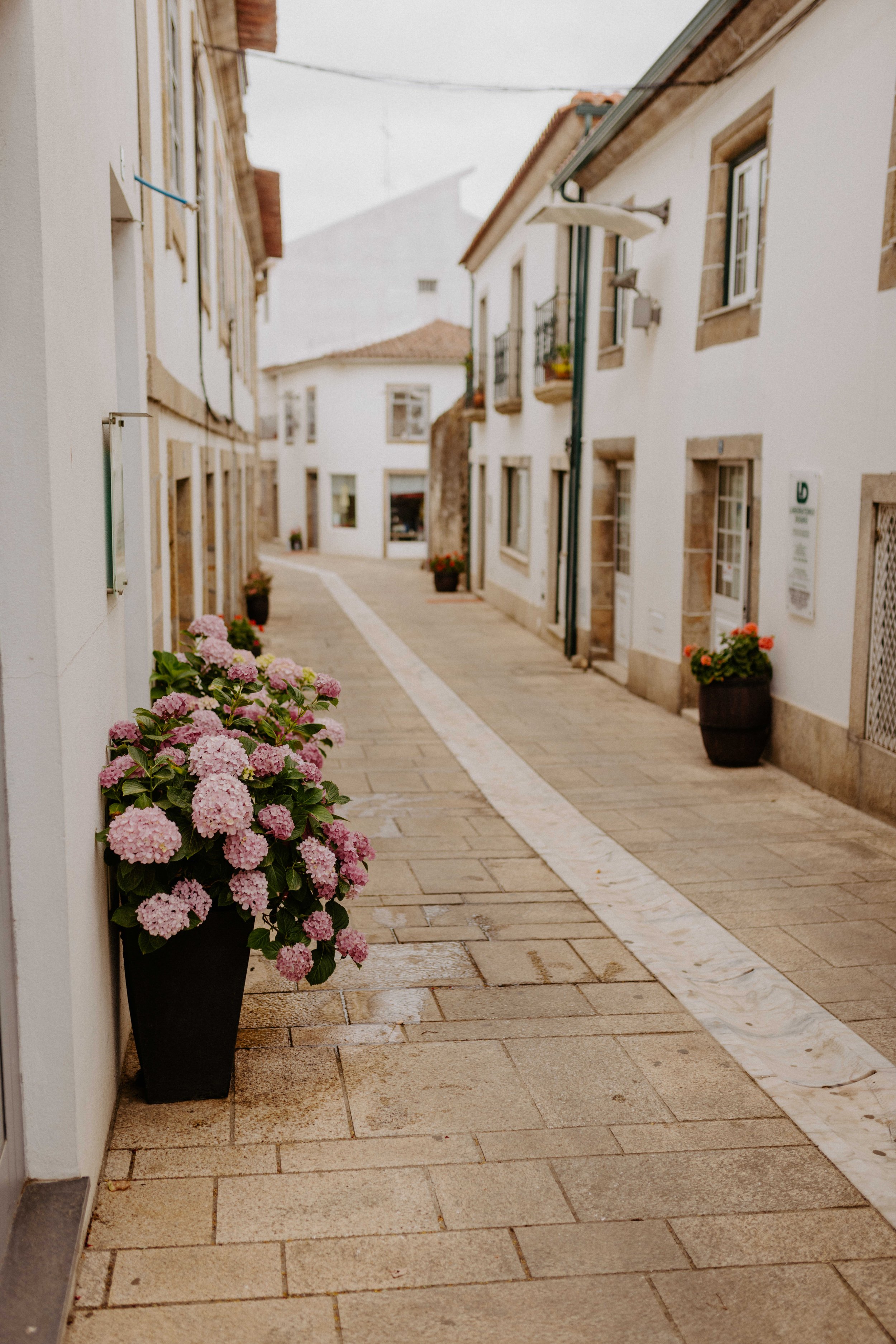
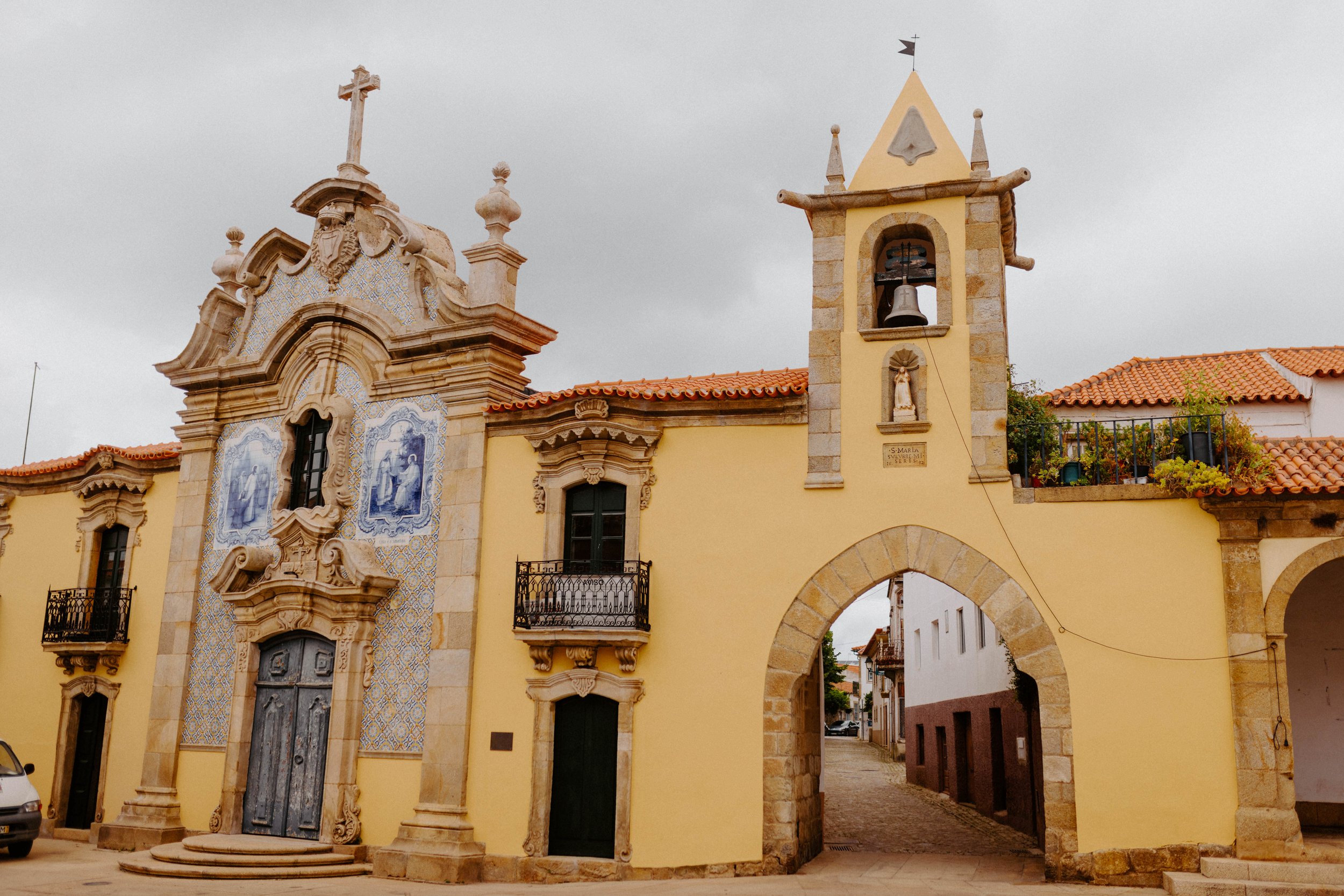
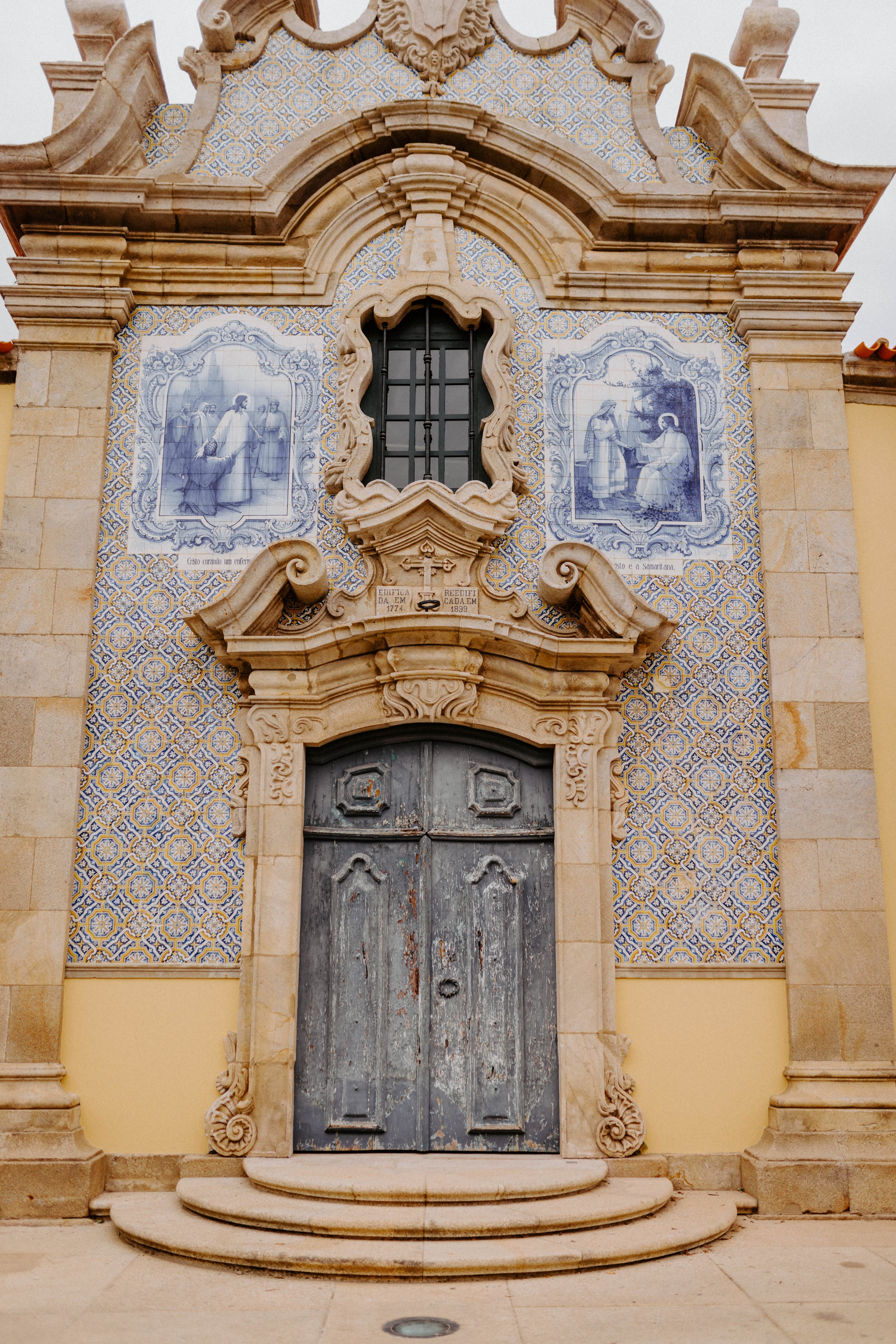
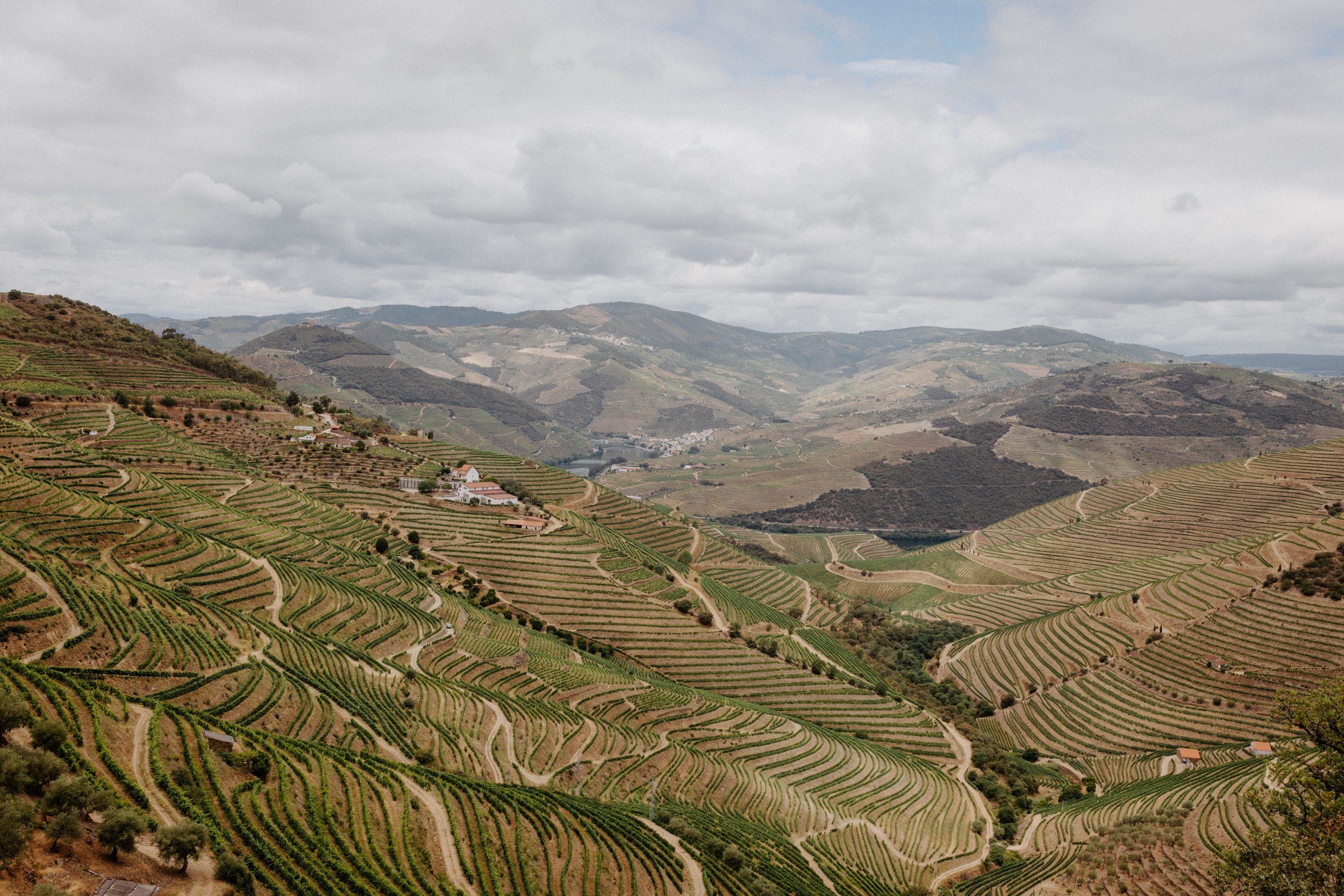
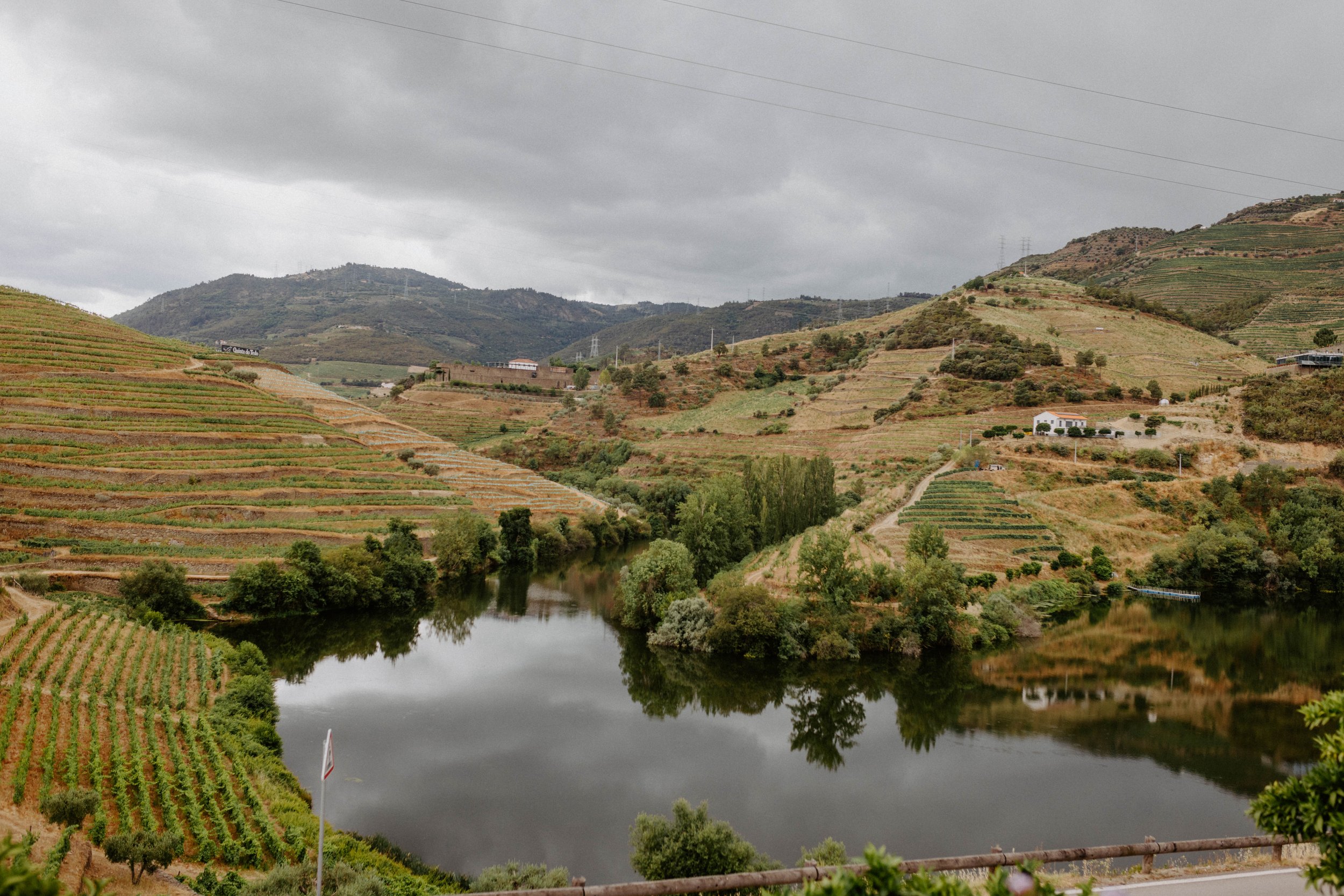



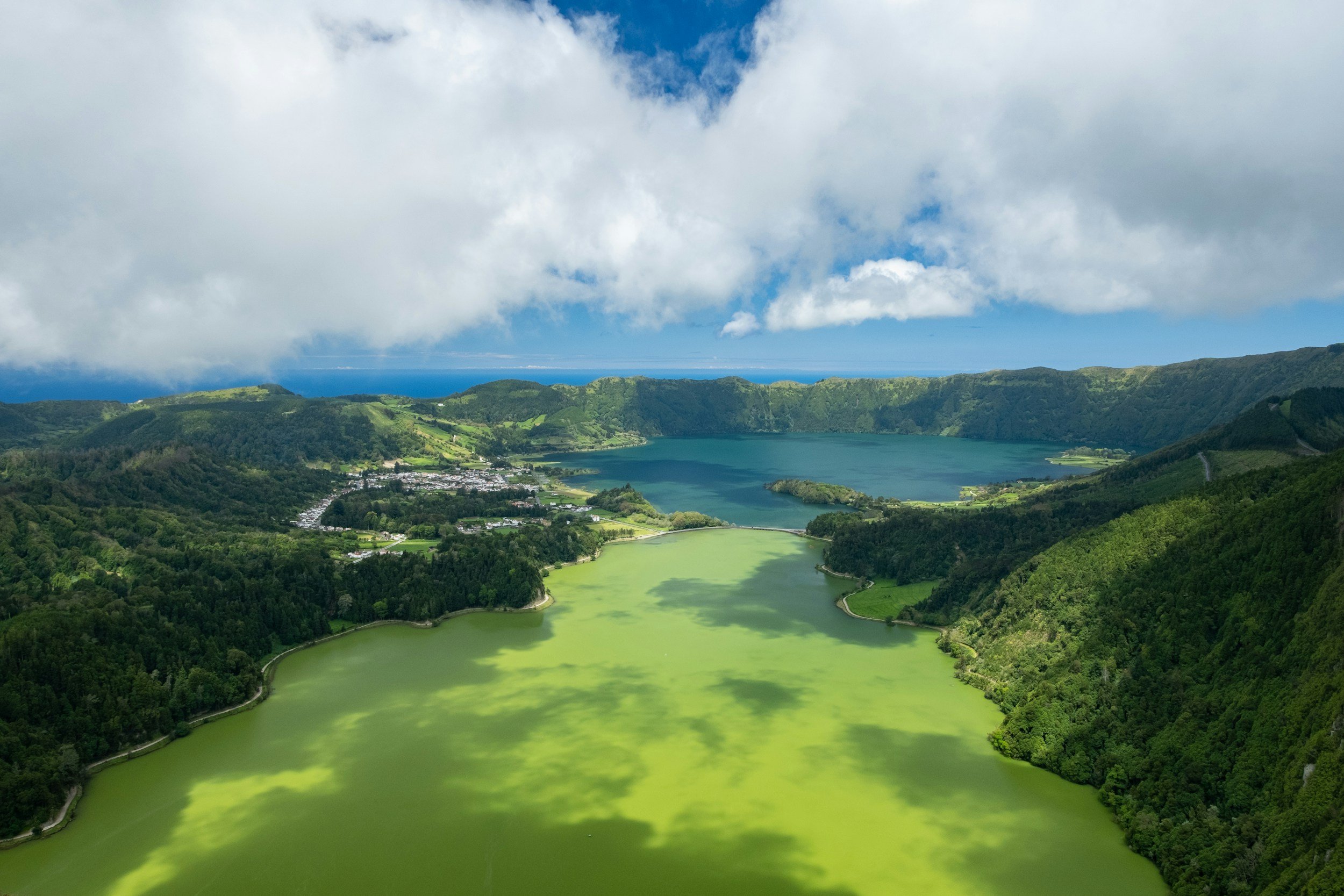


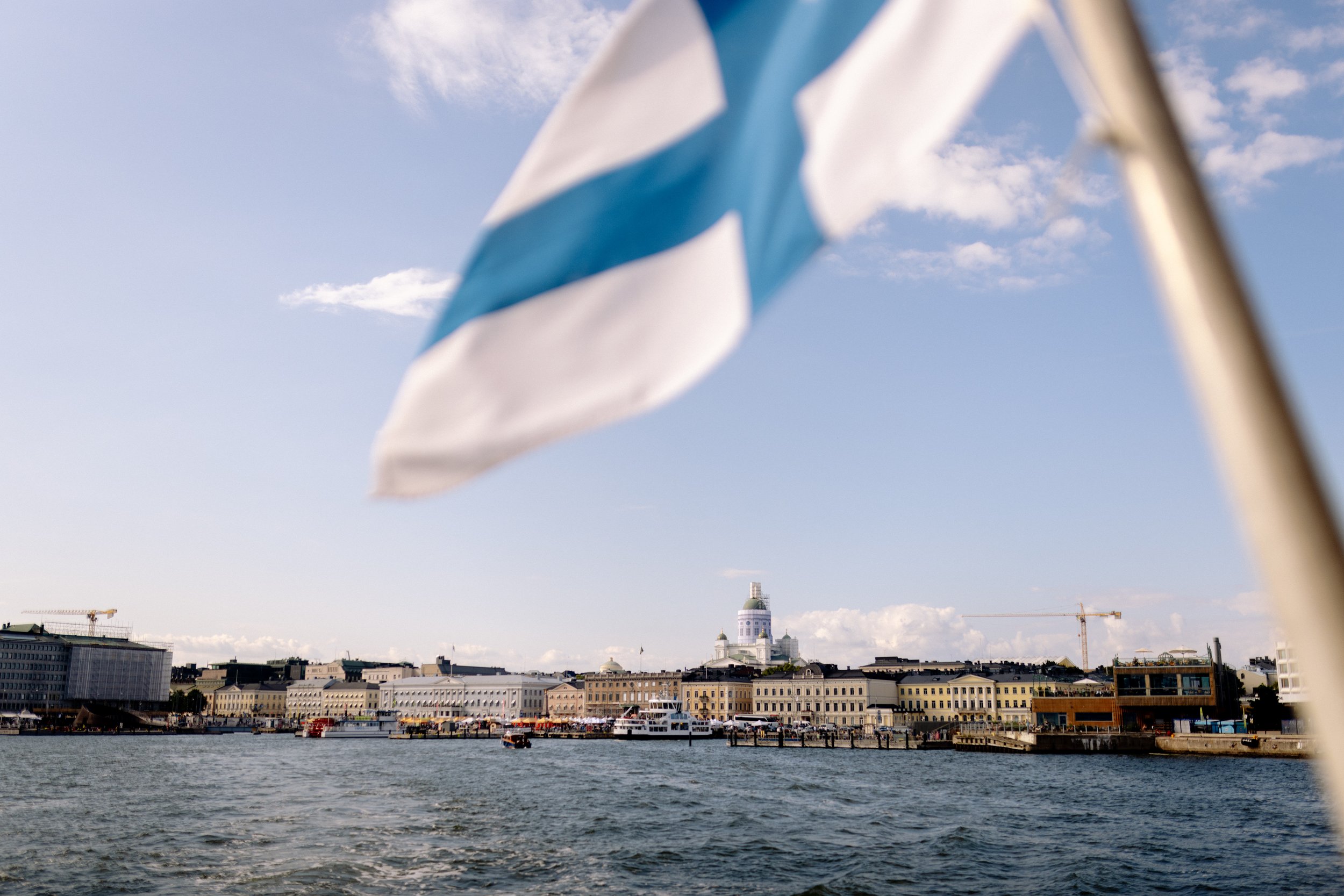









If you’ve ever dreamed of a place where monkeys swing through the trees, sloths nap like they’ve got nowhere to be, and falafel is somehow life-changing, then pack your bags for Manuel Antonio. This slice of Costa Rican paradise is the ultimate destination for nature lovers, beach bums, and anyone who appreciates a good jungle vibe.
Here’s your ultimate travel guide to Manuel Antonio, streamlined into three key categories: where to stay, what to do, and where to eat/drink. Let’s dive in!